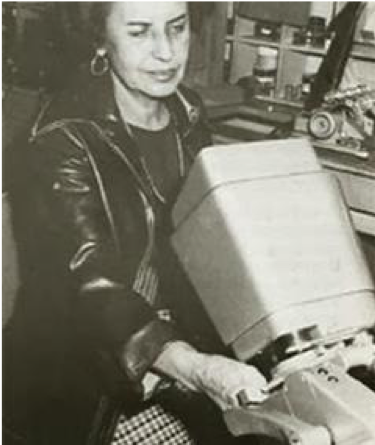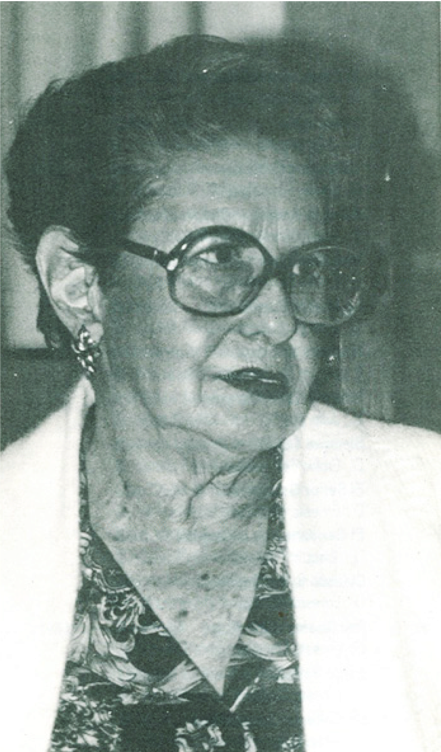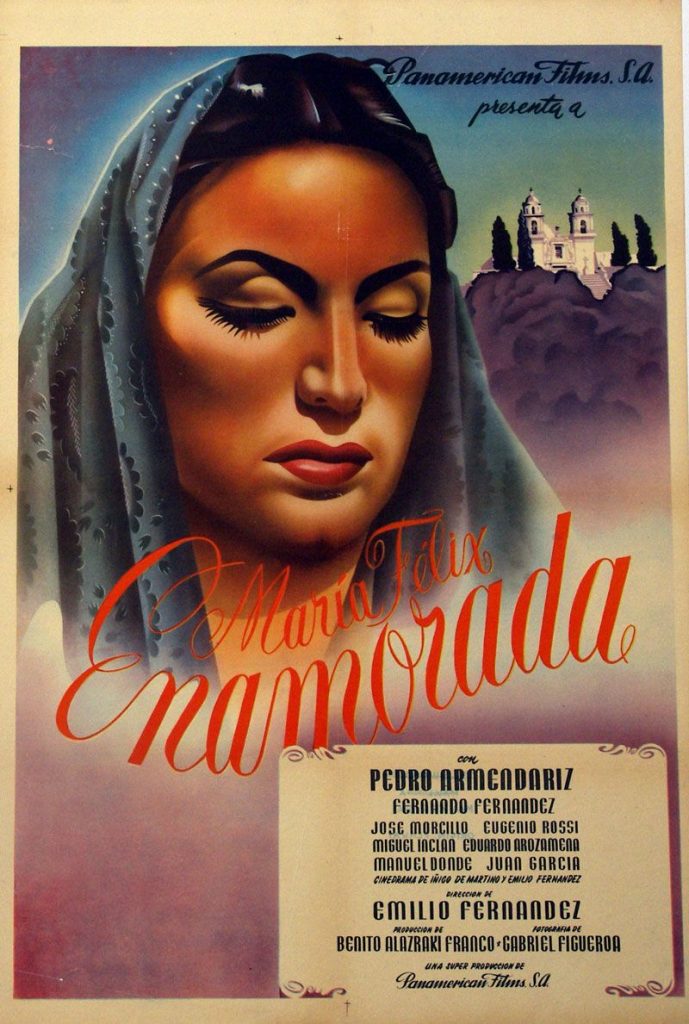Gloria Schoemann
1910 – 2006
 Gloria Schoemann is one of the most prolific editors in history, earning two hundred and twenty-seven credits between 1942 and 1983.
Gloria Schoemann is one of the most prolific editors in history, earning two hundred and twenty-seven credits between 1942 and 1983.
During her long career she worked with top Golden Age directors such as Emilio Fernández (Enamorada, La Perla, The Unloved Woman), Luis Buñuel (Gran Casino), Julio Bracho (Another Dawn, Cantaclaro, Immaculate), Miguel M. Delgado, Gilberto Martínez Solares (I Danced with Don Porfirio), Roberto Gavaldón (The Associate, El niño y la niebla, Macario), Norman Foster (Zorro), and Alejandro Galindo (Campeón sin corona, Una familia de tantas).
To give a sense of Schoemann’s importance in Mexican film production, it would be fair to say that the place she occupied during the Golden Age was roughly equivalent to Dede Allen’s in Hollywood from the late 1950s to 2008. Just as Allen left her imprint on “New Hollywood” films, so too did Schoemann impact four decades of Mexican film, from the Golden Age to Mexico’s “Nuevo Cine” (New Cinema) in the 1970s and 1980s.
To get a fuller appreciation of the job Schoemann did, it is important to keep in mind key differences between Mexican filmmaking and the Hollywood and European systems. If a Hollywood editor realized she needed extra shots during the editing process, retakes were routinely scheduled. In Mexico, on the other hand, “retakes or additional scenes never happen, so the editor has to figure out how to solve problems the best she can.” This put a lot of pressure on the other members of the unit: As the final link in the creative chain, Schoemann had to assemble a coherent film with whatever footage was delivered to her, whether or not “there were missing shots, omitted patches of exposition, breaks in continuity, or holes in the story’s logic.”
Schoemann was nominated for eleven best editing Ariels and won four times. In 1985 she won the Salvador Toscano Medal for Cinematographic Merit and in 2004 was awarded the Special Golden Ariel. She also taught at the University Center for Cinematographic Studies.

“I always loved the cinema, I saw everything, so I realized the good and the bad; I never sat down to watch a movie from the point of view of my work. I have given myself completely to it. And the editing work is hard, but for me it is the most exciting, interesting and important aspect of the cinema.”
—From the booklet about the Salvador Toscano Medal for Cinematographic Merit. The complete booklet can be found in the Appendix.

“In those days, the custom was to gather the cinematographer, the screenwriter, the director, and the editor for a script reading; we would then begin to comment on the continuity, the dialogue, and so forth. From the beginning we visualized what was necessary; in addition, the editor had the obligation to indicate which things [scenes, sequences] didn’t add to the whole … or would slow down the film’s rhythm.”
— Excerpt from “The Classical Mexican Cinema” by Charles Ramirez Berg. The full text can be found in the Appendix.

